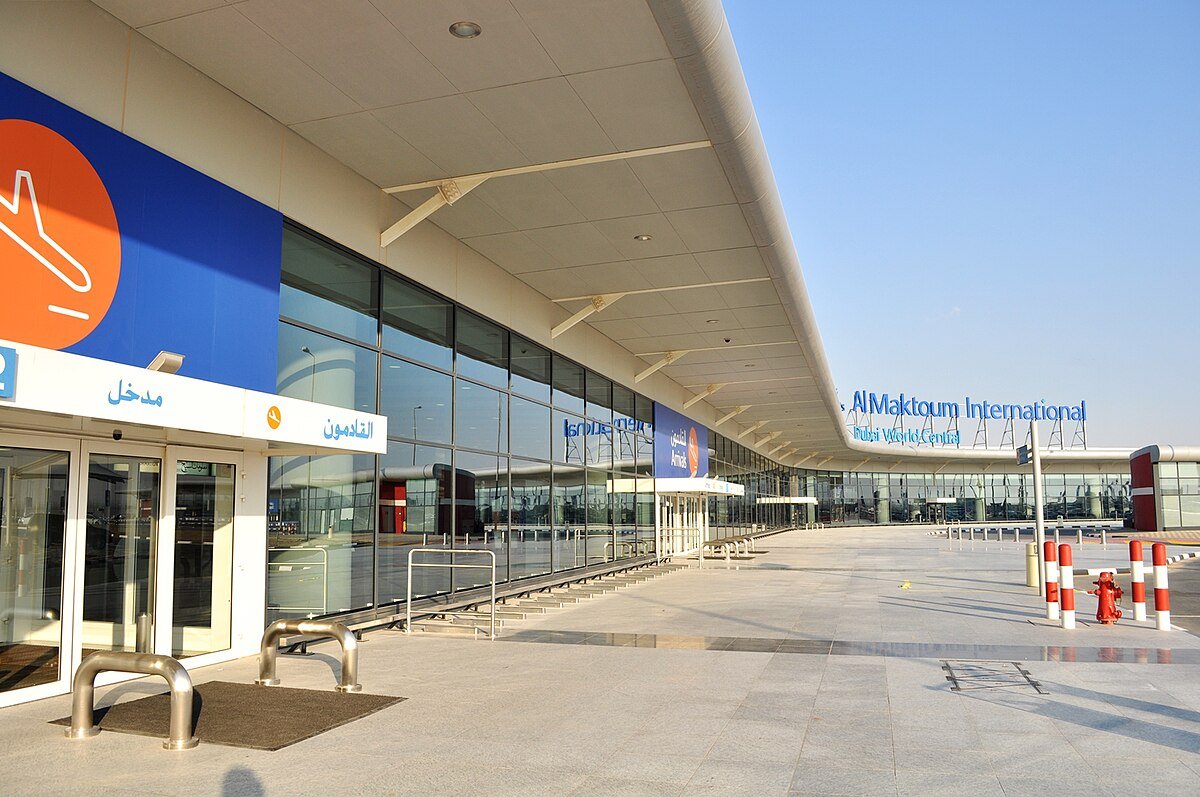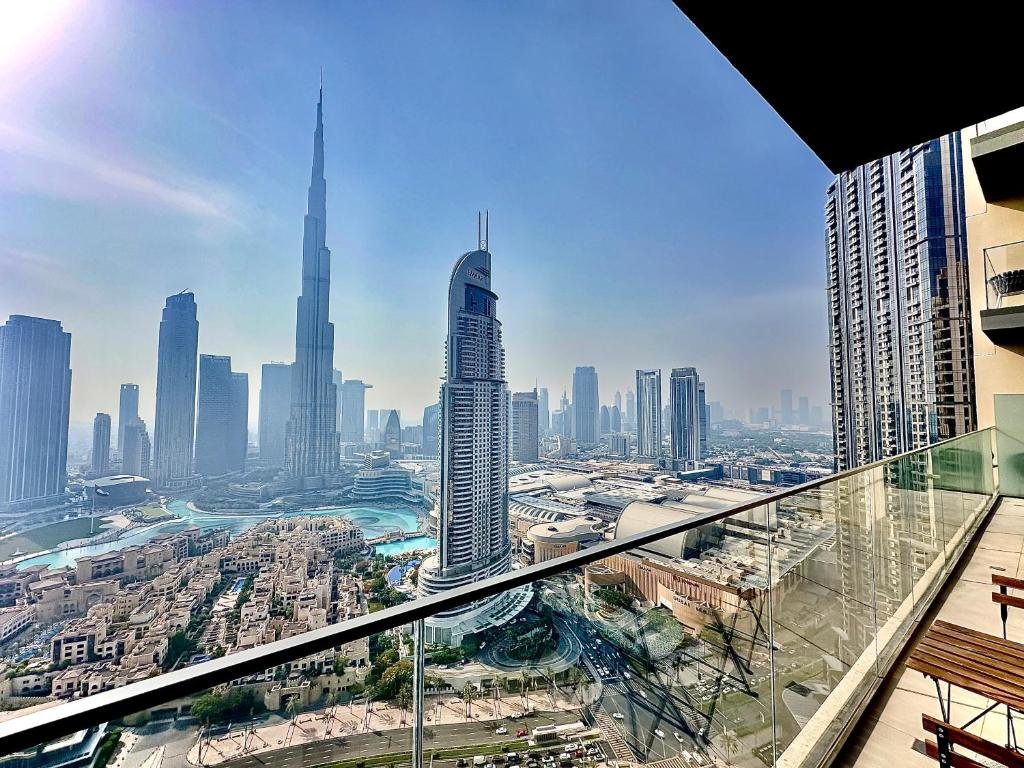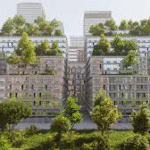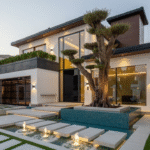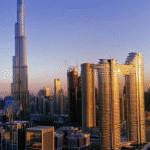Now Reading: Dubai Real Estate ROI: 7 Amazing Facts Every Investor Must Know
-
01
Dubai Real Estate ROI: 7 Amazing Facts Every Investor Must Know
Dubai Real Estate ROI: 7 Amazing Facts Every Investor Must Know

Table of Contents
ROI : Dubai’s real estate market in 2025 remains a global investment hotspot, driven by 20.5 million tourists, a 22.8% transaction volume increase in Q1 2025, and $140 billion in sales in 2024, per drivenproperties.com. Despite a 15% price correction risk due to a 210,000-unit supply surge, strategic investments in freehold areas offer attractive returns. Return on Investment (ROI) in real estate is typically measured through rental yields (annual rental income as a percentage of property value) and capital appreciation (property value growth over time). Drawing on UAE real estate trends, including luxury waterfront properties and Golden Visa eligibility, this guide outlines expected ROI for Dubai real estate in 2025, segmented by property type, location, and investment strategy.
Understanding ROI in Dubai Real Estate

- Rental Yield: Calculated as (Annual Rental Income ÷ Property Purchase Price) × 100. Includes long-term (yearly leases) and short-term (e.g., Airbnb) rentals, per Bayut.
- Capital Appreciation: Annual percentage increase in property value, driven by demand, infrastructure, and tourism, per DAMAC Properties.
- Total ROI: Combines rental yield and capital appreciation, adjusted for costs (e.g., maintenance, taxes), per Tenco Homes.
- Key Factors:
- Location: Premium areas (Palm Jumeirah) vs. affordable zones (Dubai South).
- Property Type: Off-plan vs. ready, residential vs. commercial.
- Market Trends: 18% short-term rental growth, smart homes with 20–30% utility savings, per Colife, 100keys.ae.
- Costs: 4% DLD fee, 2% agent commission, maintenance (AED 15–30/sq ft), and 9% corporate tax (if renting), per dubailand.gov.ae, Understanding UAE’s 15% Corporate Tax.
Expected ROI by Location and Property Type
Based on 2025 market data, here are the expected rental yields and capital appreciation rates across key freehold areas, per sources like propertyfinder.ae, nakheel.com, and drivenproperties.com.
- Palm Jumeirah
- Property Types: Luxury villas (AED 10–100 million), apartments (AED 3–20 million), penthouses, per nakheel.com.
- Rental Yields: 5–7%, per Colife.
- Example: A AED 5 million apartment rents for AED 250,000–350,000/year, yielding 5–7%.
- Capital Appreciation: 8–10% annually, insulated from correction due to exclusivity, per Forbes.
- Total ROI: 13–17% (before costs).
- Why Invest: Prestigious address, private beaches, Golden Visa eligibility (AED 2 million+), per icp.gov.ae.
- Example: Serenia Living 2-bedroom (AED 5 million) generates AED 300,000/year rent (6% yield) and AED 400,000–500,000 value growth (8–10%), per nakheel.com.
- Dubai Marina
- Property Types: Apartments (AED 1–10 million), penthouses, limited townhouses, median AED 2,009/sq ft, per properstar.com.
- Rental Yields: 6–8%, boosted by 18% short-term rental growth, per Colife.
- Example: A AED 2 million 1-bedroom rents for AED 120,000–160,000/year, yielding 6–8%.
- Capital Appreciation: 8–10%, driven by tourism and business hub proximity, per DAMAC Properties.
- Total ROI: 14–18% (before costs).
- Why Invest: Vibrant lifestyle, high rental demand, Golden Visa eligibility, per drivenproperties.com.
- Example: LIV Marina 1-bedroom (AED 1.5 million) generates AED 90,000–120,000/year rent (6–8%) and AED 120,000–150,000 growth (8–10%), per propertyfinder.ae.
- Dubai South
- Property Types: Affordable apartments (AED 600,000–2 million), studios, per dubaisouth.ae.
- Rental Yields: 7–9%, highest due to affordability and tenant demand, per Colife.
- Example: A AED 600,000 studio rents for AED 42,000–54,000/year, yielding 7–9%.
- Capital Appreciation: 5–7%, tempered by correction risk, per Fitch Ratings.
- Total ROI: 12–16% (before costs).
- Why Invest: Low entry cost, off-plan payment plans (50–70%), near Al Maktoum Airport, per dubaisouth.ae.
- Example: Emaar South studio (AED 600,000) generates AED 42,000/year rent (7%) and AED 30,000–42,000 growth (5–7%), per properties.emaar.com.
- Jumeirah Village Circle (JVC)
- Property Types: Mid-range apartments (AED 700,000–2 million), townhouses, per Bayut.
- Rental Yields: 6–8%, strong for mid-income tenants, per propertyfinder.ae.
- Example: A AED 1 million 1-bedroom rents for AED 60,000–80,000/year, yielding 6–8%.
- Capital Appreciation: 5–7%, vulnerable to correction, per Fitch Ratings.
- Total ROI: 11–15% (before costs).
- Why Invest: Affordable, family-friendly, smart homes with 20% utility savings, per 100keys.ae.
- Example: JVC 1-bedroom (AED 1 million) generates AED 70,000/year rent (7%) and AED 50,000–70,000 growth (5–7%), per Bayut.
- Emaar Beachfront
- Property Types: Beachfront apartments (AED 2–10 million), penthouses, per properties.emaar.com.
- Rental Yields: 6–8%, driven by tourism, per solproperties.ae.
- Example: A AED 3 million 2-bedroom rents for AED 180,000–240,000/year, yielding 6–8%.
- Capital Appreciation: 8–12%, premium location, per Emaar Properties.
- Total ROI: 14–20% (before costs).
- Why Invest: Private beach, high demand, Golden Visa eligibility, per emiratitimes.com.
- Example: Grand Bleu 2-bedroom (AED 3 million) generates AED 210,000/year rent (7%) and AED 240,000–360,000 growth (8–12%), per airbnb.com.
ROI by Investment Strategy
- Off-Plan Properties:
- ROI: 12–18% (7–9% yields, 5–9% appreciation).
- Why: 10–20% cheaper than ready properties, flexible 50–70% payment plans, per dubaisouth.ae.
- Areas: Dubai South, Dubai Creek Harbour, Emaar Beachfront, per emaar.com.
- Risks: Delays (1–3 years), mitigated by DLD escrow, per RERA Off-Plan Rules.
- Example: Dubai Creek Harbour apartment (AED 1.5 million) yields 7–9% and 8–10% growth, per emaar.com.
- Short-Term Rentals (Airbnb):
- ROI: 14–20% (6–8% yields, 8–12% appreciation).
- Why: 18% rental growth, high tourist demand, per Colife.
- Areas: Dubai Marina, Emaar Beachfront, Bluewaters Island, per airbnb.com.
- Costs: 5–10% management fees, Smart Rental Index compliance, per londondaily.news.
- Example: Dubai Marina 1-bedroom (AED 2 million) yields AED 120,000–160,000/year (6–8%) via Airbnb, plus 8–10% growth, per drivenproperties.com.
- Luxury Properties:
- ROI: 13–17% (5–7% yields, 8–10% appreciation).
- Why: Prestige, Golden Visa eligibility, stable value, per nakheel.com.
- Areas: Palm Jumeirah, Jumeirah Bay Island, per livingsn.com.
- Costs: Higher maintenance (AED 20–30/sq ft), per Tenco Homes.
- Example: Palm Jumeirah villa (AED 10 million) yields AED 500,000–700,000/year (5–7%) and AED 800,000–1 million growth (8–10%), per nakheel.com.
- Commercial Properties:
- ROI: 8–12% (6–8% yields, 2–4% appreciation).
- Why: Stable long-term leases, business hub demand, per keltandcorealty.com.
- Areas: Business Bay, Downtown Dubai, per Bayut.
- Costs: Higher taxes (9% corporate), per Understanding UAE’s 15% Corporate Tax.
- Example: Business Bay office (AED 3 million) yields AED 180,000–240,000/year (6–8%) and AED 60,000–120,000 growth (2–4%), per propertyfinder.ae.
Factors Affecting ROI
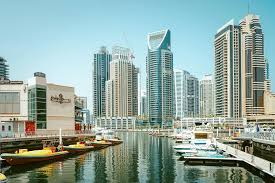
- Positive Drivers:
- Tourism: 20.5 million visitors boost short-term rentals, per visitdubai.com.
- Infrastructure: Metro expansions, Al Maktoum Airport, per dubaisouth.ae.
- Policies: Golden Visa for AED 2 million+, 100% foreign ownership, per icp.gov.ae.
- Tech: Smart homes save 20–30% utilities, blockchain deeds enhance trust, per 100keys.ae.
- Challenges:
- Oversupply: 210,000 units by 2026, 15% correction risk in mid-market (Dubai South, JVC), per Fitch Ratings.
- Costs: 7–10% purchase fees (DLD, agent), maintenance AED 15–30/sq ft, per Tenco Homes.
- Compliance: KYC, AML, 9% corporate tax via EmaraTax by March 31, 2025, AED 10,000–50,000, per Understanding UAE’s 15% Corporate Tax.
- Taxes: U.S./EU investors face home-country rental income tax, per Bayut.
ROI Calculation Example
- Property: Dubai Marina 2-bedroom apartment, AED 2 million.
- Purchase Costs: 4% DLD (AED 80,000), 2% agent (AED 40,000), registration (AED 4,000) = AED 124,000 (6.2% of price).
- Annual Costs: Maintenance AED 20/sq ft for 1,000 sq ft = AED 20,000/year.
- Rental Income: AED 140,000/year (7% yield).
- Capital Appreciation: 8% (AED 160,000/year).
- Net ROI:
- Gross ROI: 7% (rent) + 8% (appreciation) = 15%.
- After Costs: (AED 140,000 + AED 160,000 – AED 20,000) ÷ (AED 2,000,000 + AED 124,000) = 13.3% annual ROI.
- Note: Excludes corporate tax (if applicable) and home-country taxes.
Recommendations for Maximizing ROI
- Budget AED 600,000–2 Million:
- Strategy: Buy off-plan studios in Dubai South (AED 600,000+) or JVC (AED 700,000–1.5 million) for 7–9% yields, 5–7% growth, per dubaisouth.ae.
- Action: Use 50–70% payment plans, verify escrow via DLD Cube, per dubailand.gov.ae.
- Budget AED 2–5 Million:
- Strategy: Target Dubai Marina or Emaar Beachfront 1–2-bedroom apartments (AED 2–5 million) for 6–8% yields, 8–12% growth, and Golden Visa, per propertyfinder.ae.
- Action: List on Airbnb for 18% rental growth, engage rental managers, per Colife.
- Budget AED 5 Million+:
- Strategy: Invest in Palm Jumeirah apartments/villas (AED 5–20 million) for 5–7% yields, 8–10% growth, per nakheel.com.
- Action: Explore tokenized ownership via MANTRA, hire lawyers, per emiratesadvocates.com.
- Compliance: Verify developer licensing/escrow via DLD (www.dubailand.gov.ae), use RERA agents, per bhomes.com.
- Tax Planning: Register via EmaraTax (www.tax.gov.ae) by March 31, 2025, consult PwC for U.S./EU taxes, per Understanding UAE’s 15% Corporate Tax.
- Monitor: Track Emirates 24/7, DLD reports, ACRES 2025, per cbnme.com.
- Rental Yields: 5–9% (annual rent ÷ purchase price).
- Capital Appreciation: 5–12% (value growth).
- Total ROI: 11–20% (before costs).
By Location
- Palm Jumeirah: 5–7% yields, 8–10% growth, 13–17% ROI.
- Dubai Marina: 6–8% yields, 8–10% growth, 14–18% ROI.
- Dubai South: 7–9% yields, 5–7% growth, 12–16% ROI.
- JVC: 6–8% yields, 5–7% growth, 11–15% ROI.
- Emaar Beachfront: 6–8% yields, 8–12% growth, 14–20% ROI.
By Strategy
- Off-Plan: 12–18% ROI, 7–9% yields, Dubai South, Emaar Beachfront.
- Short-Term Rentals: 14–20% ROI, 6–8% yields, Dubai Marina.
- Luxury: 13–17% ROI, 5–7% yields, Palm Jumeirah.
- Commercial: 8–12% ROI, 6–8% yields, Business Bay.
Factors
- Drivers: Tourism, infrastructure, Golden Visa, smart homes.
- Challenges: 15% correction risk, costs (7–10% fees, AED 15–30/sq ft maintenance), EmaraTax by March 31, 2025.
Conclusion
In 2025, Dubai real estate offers 11–20% total ROI, with 5–9% rental yields and 5–12% capital appreciation. Dubai South (7–9% yields) and JVC are ideal for budget investors, Dubai Marina and Emaar Beachfront for high-yield rentals, and Palm Jumeirah for luxury and stability. Maximize ROI with off-plan purchases or short-term rentals, verify compliance via DLD, and meet EmaraTax deadlines by March 31, 2025, to navigate the market effectively. watch more
read more: What to Know Before Buying Off-Plan in UAE



